The Guadalcanal campaign – also known as the Battle of Guadalcanal – is among the most well-known engagements to occur in the Pacific Theater during the Second World War. Fought over the span of six months, it was the first major ground offensive between the Imperial Japanese and the Allied Forces.
The campaign featured a lot of heroics and bravery. Among those to put their countrymen before themselves were US Coast Guardsmen Douglas Munro and Raymond Evans, who worked together to ensure those under the command of Chesty Puller were able to get to safety.
Douglas Munro and Raymond Evans both grew up in Washington
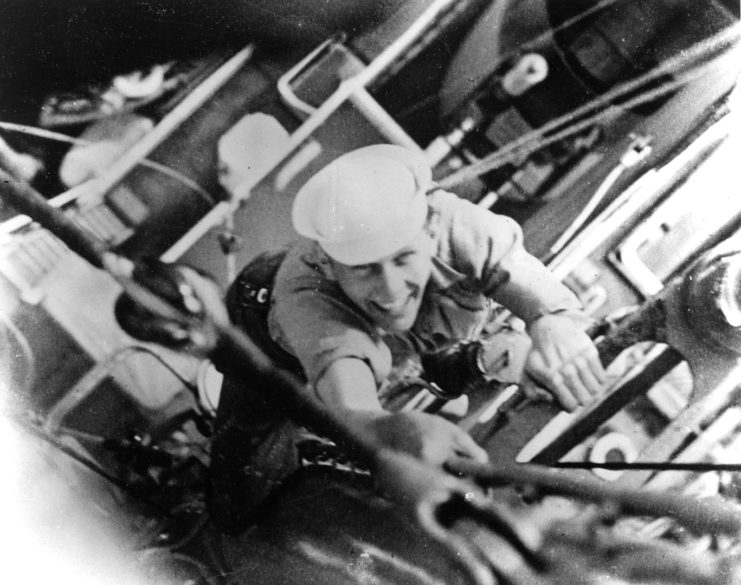
Douglas Munro was born in Vancouver, British Columbia in 1919, and grew up in the Washington state town of South Cle Elum. He was a member of his high school’s wrestling team, and also played the trumpet, harmonica and the drums. While he initially attended the Central Washington College of Education, he dropped out in 1939 to join the war effort, choosing the US Coast Guard because he felt it would offer him the best opportunity to save others.
Raymond Evans was born in Bellingham, Washington in 1921 and was primarily raised in Seattle. He had difficulty finding work after graduating from high school and, frustrated by his prospects, decided the best path forward would be to enlist in the Coast Guard.
The “Gold Dust Twins”
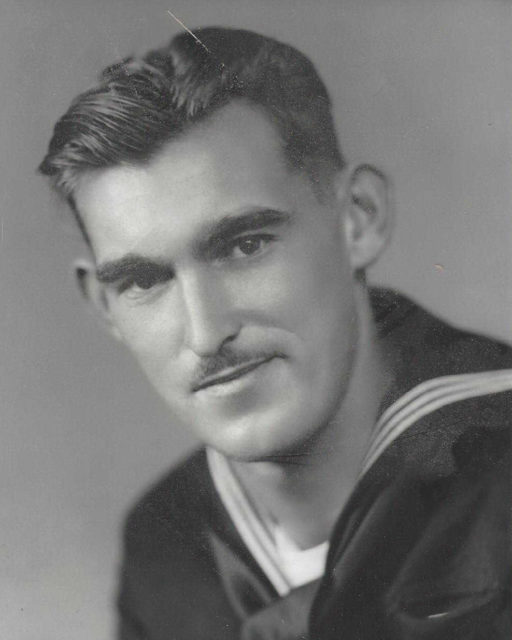
Evans and Munro met each other while they were in Seattle for entrance processing. They later underwent training together at Coast Guard Air Station Port Angeles. The pair quickly became the best of friends and were nicknamed the “Gold Dust Twins” by their fellow Guardsmen. The name was a reference to the popular cleaning product, Gold Dust Washing Powder, the packaging for which featured a pair of twins.
Munro became a standout Guardsman and was frequently given high marks during training, and Evans later noted that his friend planned on making a career out of serving in the Coast Guard. In 1941, months before the Japanese attack on Pearl Harbor, the US transferred the service from the Department of Treasury to the Department of the Navy.
Douglas Munro lost his life at Guadalcanal
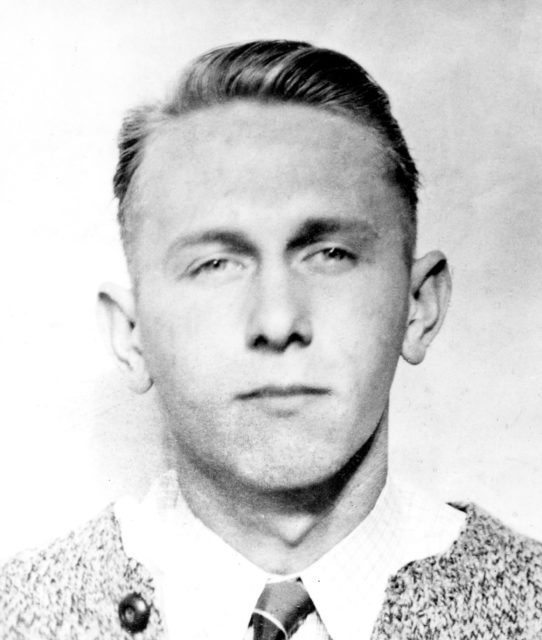
In 1941, Munro and Evans volunteered to serve on the attack transport USS Hunter Liggett (APA-14). By the next year, the ship was in the Pacific to support the Guadalcanal campaign.
On September 27, 1942, the legendary Chesty Puller tasked the pair with ferrying US Marines to points from which they could attack Japanese positions along the Matanikau River. The then-lieutenant colonel had wanted to attempt an amphibious assault that would allow his Marines to get onto the beachhead behind the river.
While the initial landings went well, the Marines were soon ambushed, resulting in mass casualties. Coast Guardsmen were sent to pull out the injured, and Evans and Munro volunteered to stay back and use suppressive fire to allow the Marines to evacuate.
While the evacuation, for the most part, went well, one boat got stuck. Munro and Evans towed the vessel from the beach, but were spotted by a Japanese machine gunner, who opened fire. Munro was shot in the head and later died of his injuries. For his actions, he was posthumously awarded the Medal of Honor.
Raymond Evans’ later service with the US Coast Guard
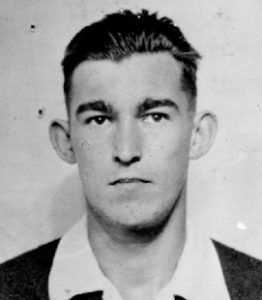
Raymond Evans served side by side with Douglas Munro during the operation on the Matanikau River and was with him when his friend died. According to Evans, Munro’s last words were, “Did they get off?” He noted that his best friend smiled when told the mission had been a success.
The Guardsman was honored for his service with the Navy Cross. However, there was no physical medal to give him during the ceremony, prompting Vice Adm. Joseph Stika to remove his own Navy Cross, which had been presented to him in 1918, and pin it onto Evans’ chest.
Evans remained in the Coast Guard until 1962, and over his service was the commander of the USCGC Ivy (WAGL-329) and the executive officer of the USCGC Chautauqua (WPG/WHEC-41). Upon his retirement, he’d reached the rank of commander. He died on May 30, 2013, at the age of 92.
The legacy of the Gold Dust Twins
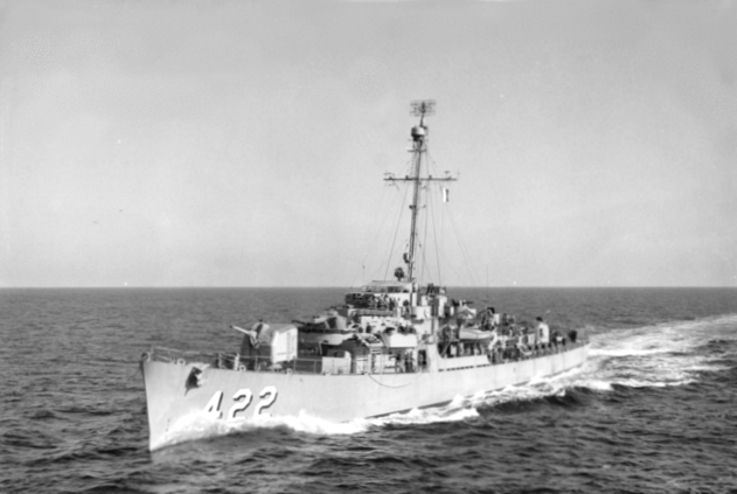
Both men are well remembered by the US Coast Guard. An award named for Raymond Evans is given each year to an outstanding coxswain, and the USCGC Raymond Evans, a Sentinel-class cutter, was received by the service in June 2014.
Are you a fan of all things ships and submarines? If so, subscribe to our Daily Warships newsletter!
To this day, Douglas Munro remains the only Guardsman to be given the Medal of Honor. Three warships – a destroyer escort and two cutters – have been named in his honor, as have three Coast Guard facilities. He is also the only non-Marine to be featured on the Corps’ Wall of Heroes at the National Marine Corps Museum in Triangle, Virginia.
